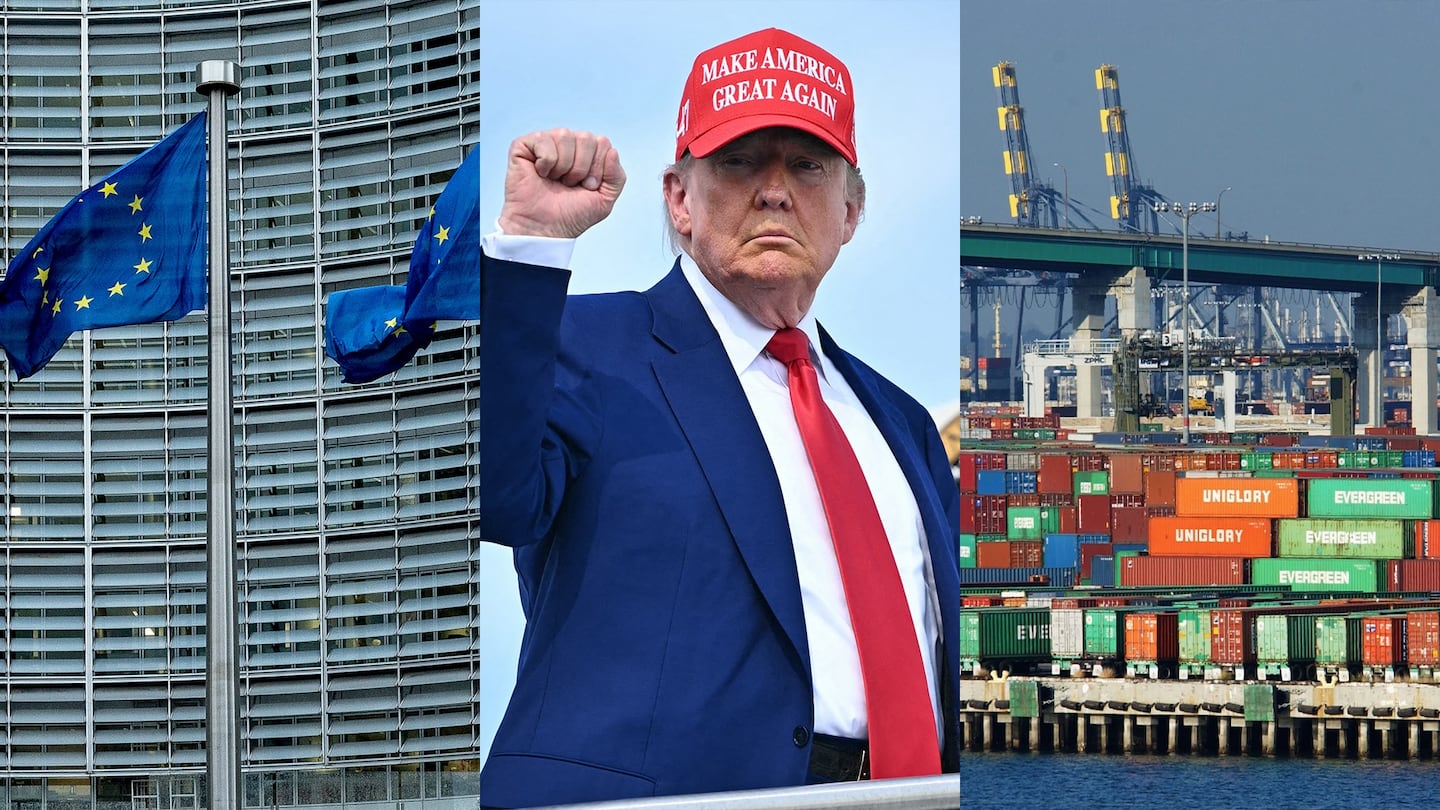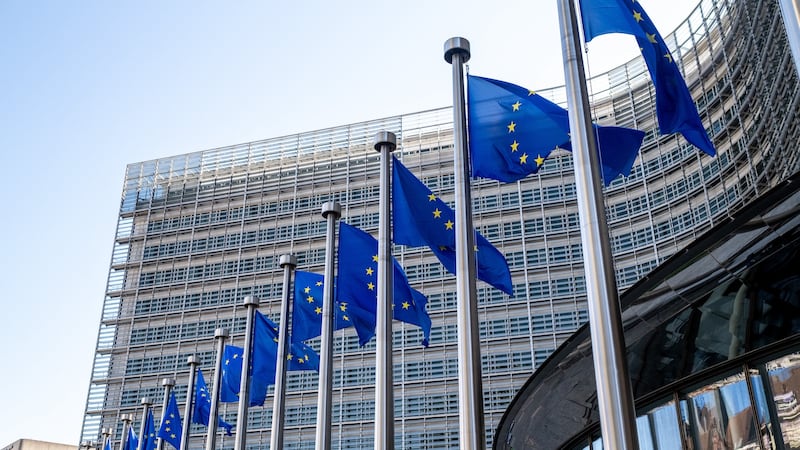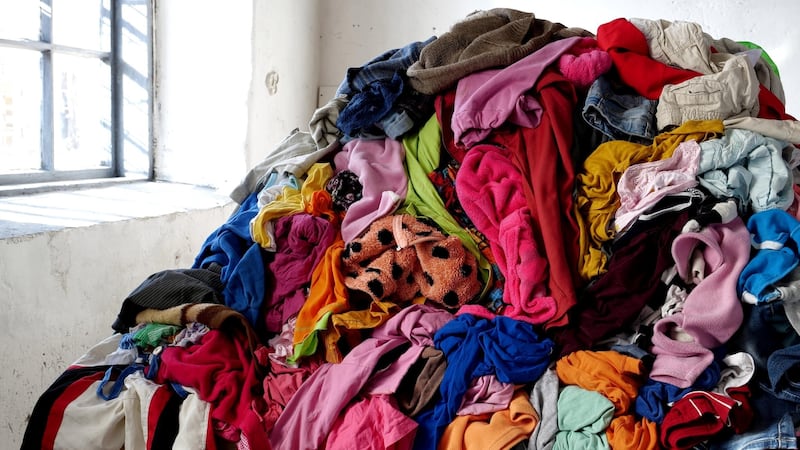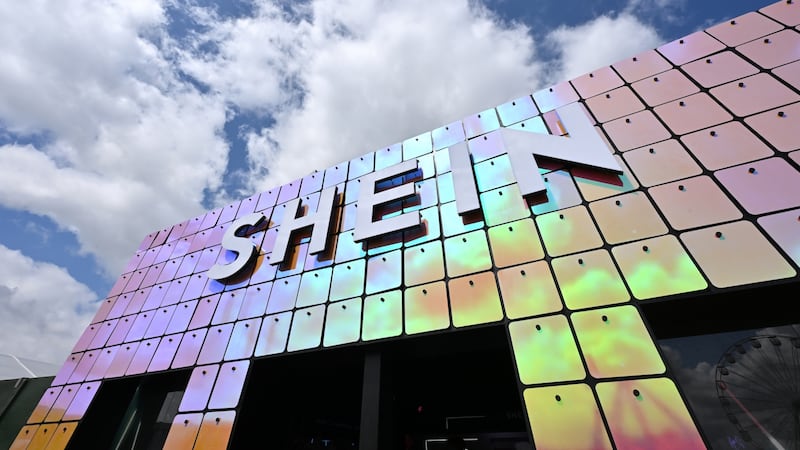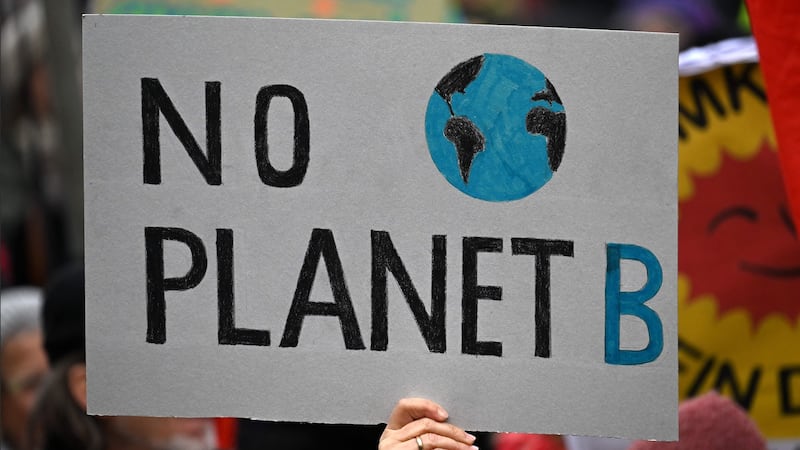Agenda-setting intelligence, analysis and advice for the global fashion community.
The halls of the European Commission in Brussels typically pulse to a slow, steady bureaucratic beat, but the last week has been as chaotic as a Trump tweet storm.
Last Friday, Europe’s executive body sideswiped its own political process by announcing plans to withdraw a landmark piece of anti-greenwashing legislation days before final negotiations were due to take place. It’s spent the last week flip flopping on that decision. The latest: the bill isn’t off the table, but any discussion has been postponed until an agreement can be reached on excluding small businesses from its scope.
The regulatory chaos — which at points this week threatened to veer into a full-blown crisis — is symptomatic of an escalating political fight playing out in Brussels. Elections last year delivered more seats to pro-business, rightward-leaning lawmakers, who are pushing to simplify and water down green policies they argue tie companies up in red tape and kill Europe’s competitiveness. Meanwhile, more liberal factions are trying to hold the line.
“It’s an extremely confusing situation,” said Baptiste Carriere-Pradal, co-founder and director at public affairs consultancy 2B Policy. “We get a different message every day; literally every day.”
ADVERTISEMENT
What does this mean for the fashion industry?
The implications for fashion are significant. Europe’s green regulatory strategy has been a key force driving big brands’ sustainability efforts for the better part of a decade. Fashion companies have already invested heavily in anticipation of tougher rules governing how they monitor their supply chains, what they disclose to investors and how they communicate with consumers. Now all those regulatory indicators look to be on shaky ground.
Alongside the confused and confusing communication around the EU’s plans to tackle greenwashing, member countries agreed this week to push for substantial cuts to ethical supply chain rules.
The legislation initially aimed at making brands accountable for environmental and labour abuses at every level of their supply chains, but changes put forward earlier this year already moved to significantly reduce the bill’s scope and bite. The latest text maintains a push to scrap hefty penalties and largely limit monitoring requirements to direct suppliers. It also dramatically ratchets up the threshold for compliance so only businesses with turnover of €450 million ($523 million) and at least 1,000 employees would be covered.
The risk is that all this uncertainty reduces the incentives for brands to keep investing in sustainability efforts. Some companies have already scrapped work on compliance with Europe’s flagship sustainability disclosure bill because proposed changes mean they won’t be covered any more, according to Carriere-Pradal.
So is the regulatory pressure off for fashion?
Not exactly. But the landscape is certainly becoming more complicated.
Despite the high-profile moves to roll back landmark regulatory initiatives, the fashion industry is still facing a patchwork of legislation that will force players across the sector to shift the way they operate.
In Europe, rules that will require brands to incorporate lower-impact materials and give consumers clearer information about the environmental footprint of products are still moving ahead. A ban on products made with forced labour that will necessitate some degree of supply chain monitoring is due to come into force in 2027. A focus on tackling textile waste and developing better recycling infrastructure remains in place.
More is happening at a national level. In France, policymakers are moving ahead with a radical anti-fast-fashion law that could ban brands like Shein from advertising and impose “sin tax” style penalties on polluting products. Even in the US (which under Trump has pulled out from the Paris Climate Accord for a second time and rolled back a host of environmentally friendly policies) state-level efforts to legislate on fashion’s impact continue.
ADVERTISEMENT
Meanwhile, America’s ban on products that could be linked to alleged Uighur forced labour in China, remains one of the most transformative pieces of regulation to hit the fashion industry. In the space of three years, it’s done what decades of campaigning by labour advocates couldn’t, rerouting supply chains and forcing brands to cast a much keener eye on where they’re sourcing from.
“It’s a delicate balance for brands right now,” said Kit Conklin, senior vice president of risk and compliance at supply-chain vetting company Exiger and a former senior advisor to the US House Select Committee on China. “Some pieces of legislation are being changed… but a dozen other pieces of regulation are coming through.”
What happens now?
There’s no doubt that the state of play is precarious, even for legislation that has already come into effect.
While nearly $3.7 billion worth of imports have been blocked, at least temporarily, since the US ban on products linked to Xinjiang came into effect, detentions have dipped in recent months.
“Enforcement is critical,” said Laura Murphy, a forced-labor researcher and policy adviser during Biden’s administration. “I worry that when companies see enforcement has fallen off they will begin to be lax about their own due diligence.”
A spokesperson for US Customs and Border Protection said trade enforcement is a critical component of national security under the America First Trade Policy.
Advocates say there are reasons beyond compliance for brands to maintain efforts that may have initially been spurred by regulatory pressures. The capacity to keep track of where products and raw materials come from is increasingly useful in a climate of persistent trade volatility. Visibility also brings operational benefits and tighter quality control.
“Brands may have started supply chain mapping for compliance purposes, but now they’re finding they can use it to decrease costs and create efficiencies,” said Conklin.
